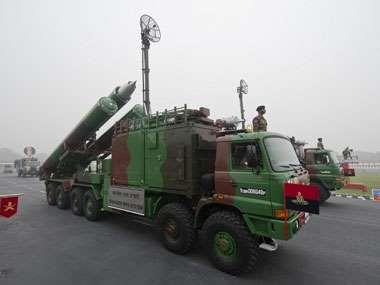March 9, 2013
NEW DELHI: The Manmohan Singh government's mission in a pre-election year seems cut out: To check and roll back retail food inflation that rose from 4% in January last year to 13% in December, a trend that could blight its 2014 poll ratings.

March 9, 2013
NEW DELHI: The Manmohan Singh government's mission in a pre-election year seems cut out: To check and roll back retail food inflation that rose from 4% in January last year to 13% in December, a trend that could blight its 2014 poll ratings.

With food prices accounting for half of overall inflation, this group stayed above 10% most of last year, higher than the overall consumer price index figure of 9.7% for rural and urban categories. Except for a tiny dip in October, food inflation rose through 2012.
The trend has not changed in January and February this year either, presenting a worrying picture for the government with the rise in food prices reflected across all consumer categories like urban, rural, industrial worker and agricultural labor.
A paper by Central Statistical Organization's additional director general Ashish Kumar and deputy director general G M Boopathy points to runaway food prices as the root cause of India's stubborn high inflation that can hobble UPA2.
Going by the paper's conclusions, the government's prime political task should be to knock down food inflation by half by the time India votes in April 2014.
Even in the wholesale price index, which offers a more comforting picture for the government, the rise in food inflation from 1.45% in January 2012 to 10.39% in December has been rather steep. The study accords higher emphasis to consumer inflation as this is what matters for the aam aadmi.
Tracking inflation on a year-on-year basis, the CSO paper says, "It is seen that out of average inflation for 2012 based in CPI of 9.7%, 49.8% is attributed to food and beverages." In the food group, cereals and milk contributed 10% each.
The paper does not dwell on reasons for high food inflation, but the price rise seems due to both increasing demand and failure to manage the supply chain. Deficient rains in the first half of the monsoon also hit farm produce.
In a recent interview, Planning Commission member Abhijit Sen said food inflation seemed more a factor of poor food management than production shortfalls.
A monsoon revival last year helped agriculture recoup and storage of food grain remains at record levels spurred by regular increase in minimum support price and bonuses offered by state governments.
While high MSP benefits farmers, it impacts retail prices. The government may hope to reap political returns, banking on a cheaper rural economy containing consumer discontent but the CSO study shows food inflation for rural areas also touched 13% in December 2012.
The government may need to take note of CPI food weight age in rural areas being higher than in urban centers. Overall, egg, fish and meat inflation was higher than 10% last year as was the case with vegetables. Pulses were at 10%.
CSO officials pointed to an anomaly in the CPI and WPI data with regard to pulses, oils, eggs, fish, meat, milk, vegetables and fruit groups. "WPI was more than that of consumer price inflation in respect of pulses and meats. On the other hand, CPI was more than WPI for oils, milk, vegetables and fruit," the paper said.
Courtesy: TOI







































































































